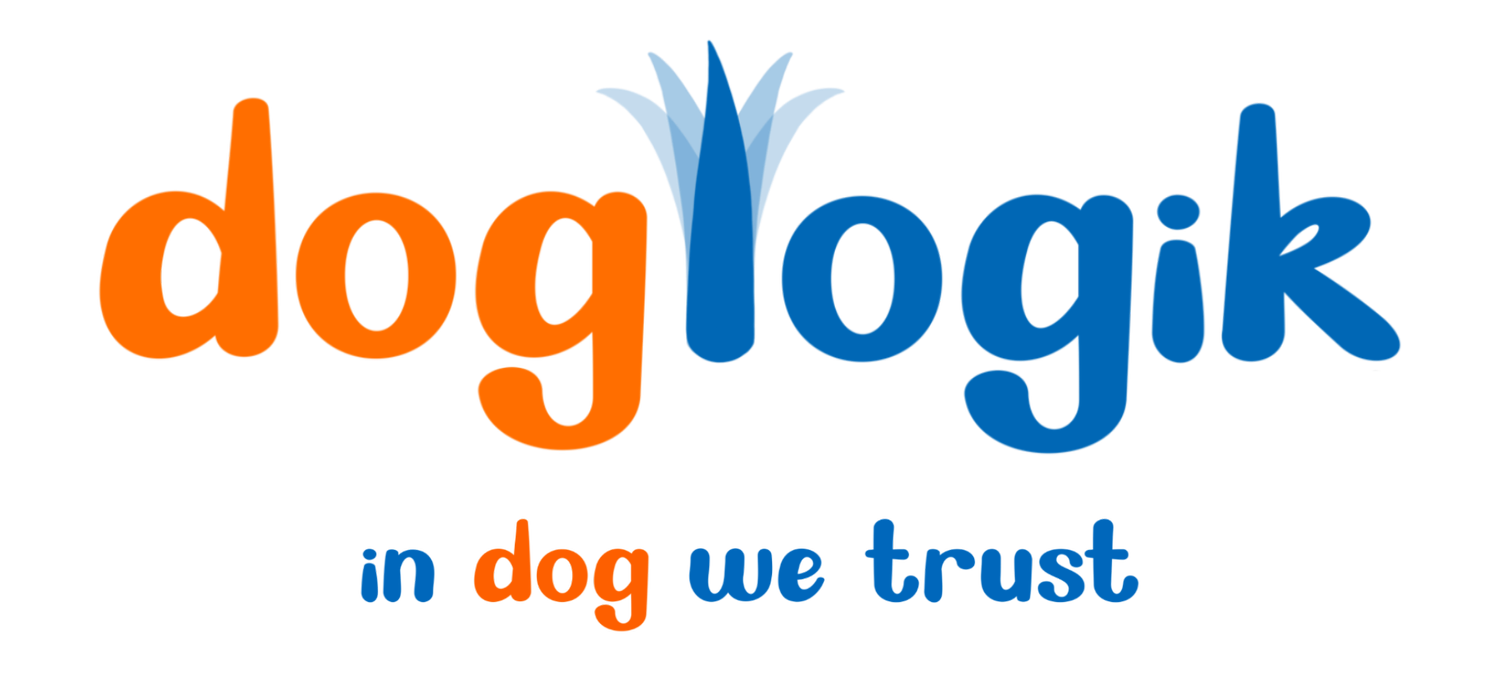6 commands all owners should know…
Training your dog isn’t just about showing off cool tricks—it’s about keeping them (and everyone around them) safe. Whether you’re out on a walk, at the dog park, or welcoming guests into your home, a well-trained dog is a happy dog. And let’s be honest, a well-trained dog makes for a happy owner too!
So, what are the six most essential commands you should teach your pup? These commands will help keep your furry friend safe, prevent accidents, and make life easier for both of you. Plus, with patience and consistency, any dog—young or old—can learn them. Let’s dive in!
1. Recall (“Come!”)
Ever had that heart-stopping moment when your dog spots a squirrel and bolts across the park? Yeah, not fun. That’s why a strong recall command is essential.
Teaching your dog to come when called can prevent them from running into danger—like busy roads or unfriendly dogs. Start in a quiet, distraction-free area with high-value treats (think cheese or chicken, not boring kibble). Say “Come!” in an excited, happy voice and reward them every time they run to you. With practice, your dog will learn that coming back to you is the bestthing ever.
Pro tip: Never call your dog for something they dislike (like bath time or leaving the park). You want “Come!” to always mean good things!
2. Leave It
Dogs love to investigate (and sometimes eat) things they shouldn’t—like chicken bones on the street, your favorite shoes, or even, ugh, something gross on the sidewalk. Teaching “Leave it” helps prevent your pup from swallowing something dangerous.
Start by holding a treat in your hand and saying “Leave it.” When your dog stops trying to get the treat, reward them with an even better treat from your other hand. This teaches them that ignoring something tempting leads to a bigger reward.
Pro tip: Practice this regularly with different objects. It can be a lifesaver if your dog ever comes across something toxic!
3. Stay
Imagine you’re opening the front door, and your dog is just about to dash out. A solid “Stay” command can stop them in their tracks.
Start by asking your dog to sit or lie down. Hold up your hand like a stop sign and say “Stay.” Take a small step back—if they don’t move, reward them! Gradually increase the distance and duration over time.
Pro tip: Use a release word like “Okay!” so they know when they’re free to move again. Otherwise, they might think “Stay” is a forever thing (and nobody wants to be stuck in one spot forever!).
4. Place
This is one of the most underrated commands, but it’s so useful. “Place” teaches your dog to go to a designated spot—like their bed or a mat—and stay there.
It’s perfect for when guests come over, when you’re cooking, or when you just need a little peace and quiet. Simply lead your dog to the designated spot, say “Place,” and reward them when they stay there. Over time, they’ll learn to relax in their “place” until released.
Pro tip: Use this command when your dog gets overly excited. It gives them a clear job to do and helps them settle down.
5. Sit
This one’s a classic for a reason! Teaching your dog to sit is the foundation for good manners—it stops them from jumping on people, lunging at distractions, and can help calm them down.
Hold a treat close to your dog’s nose and slowly move it over their head. As their head tilts up, their bottom will naturally lower. The second they sit, say “Sit!” and reward them.
Pro tip: Ask your dog to sit before meals, crossing the street, or greeting new people. It teaches patience and impulse control!
6. Wait
“Wait” is like “Stay,” but for short pauses—like at doors, before crossing a road, or before diving into their food bowl.
To teach it, ask your dog to sit or stand, then hold up your hand and say “Wait.” Take a step back. If they hold their position, reward them! Gradually increase the time and distance.
Pro tip: Use “Wait” when getting out of the car. It prevents your dog from jumping out before it’s safe!
Consistency is Key!
Dogs aren’t born knowing these commands (even though we sometimes wish they were). The secret to success? Consistency, patience, and lots of positive reinforcement.
Keep training sessions short and fun, always end on a positive note, and remember—every dog learns at their own pace. With time and practice, your pup will be a well-mannered superstar, making life safer and happier for everyone.
